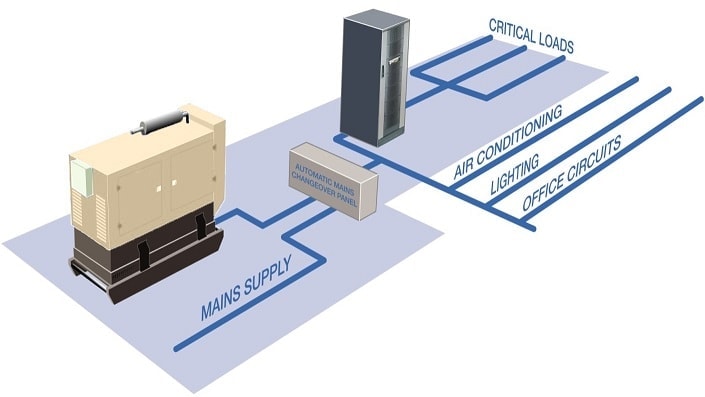The initial purchase price of a traditional free standing UPS system is typically 10 – 15% less than an advanced modular system. However, a comparison of installation and operating costs soon reveals that the advanced modular approach achieves a much lower total cost of ownership (TCO).
Consider a data centre with a 200kVA load requirement. To meet current expectations of availability, a parallel redundant (n+1) configuration is essential. A traditional system would require two 200kVA free standing UPSs whereas an advanced modular solution such as the PW 9000DPA Series could be implemented as five 50kVA modules mounted within just one rack. This has several implications.
The modular system is smaller and lighter, being more closely matched to the data centre’s rated requirement and having a transformerless design. Its lower weight permits a 33% reduction in transport costs. And its single rack footprint is typically two or three times smaller than a traditional system’s, contributing a 33% reduction in installation costs.
Savings continue to accrue during UPS operation. A 5 x 50kVA N+1 modular system can run at 80% loading whereas a 2 x 200kVA N+1 traditional system can never achieve more than 50%. Higher load operation is more efficient, reducing energy costs by around 50%. The modular system’s efficiency also allows a 50% reduction in cooling system costs.



